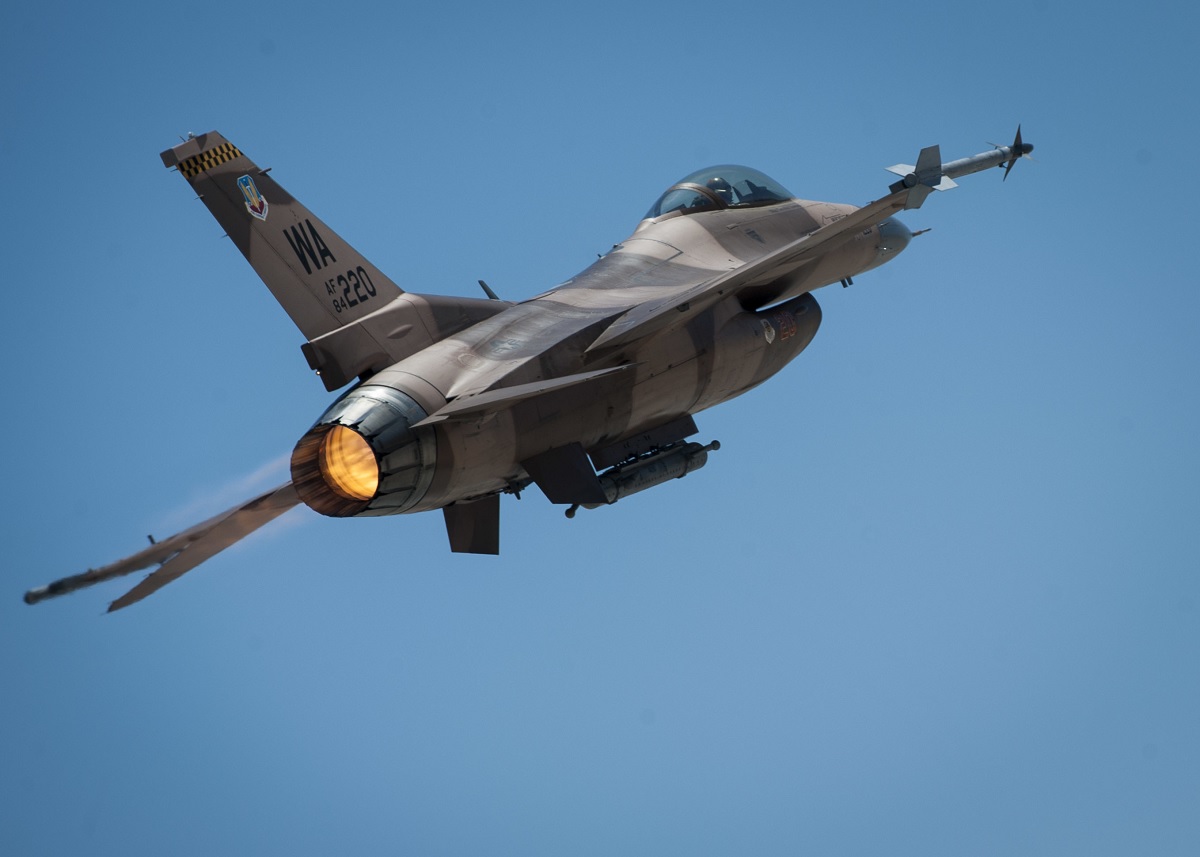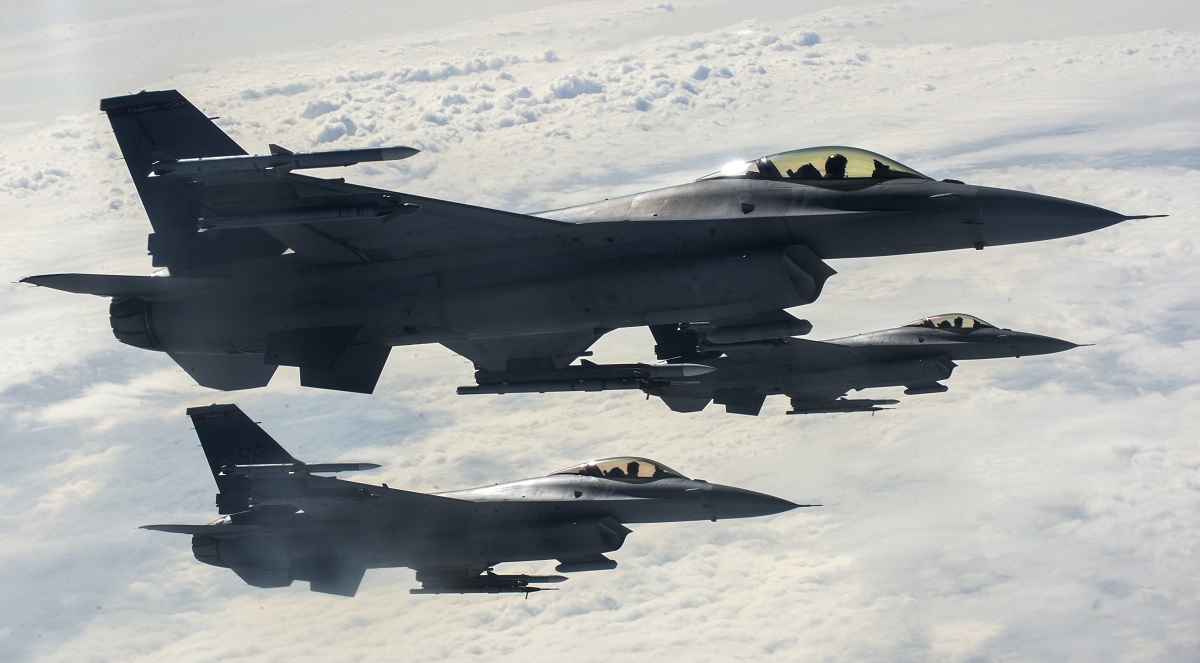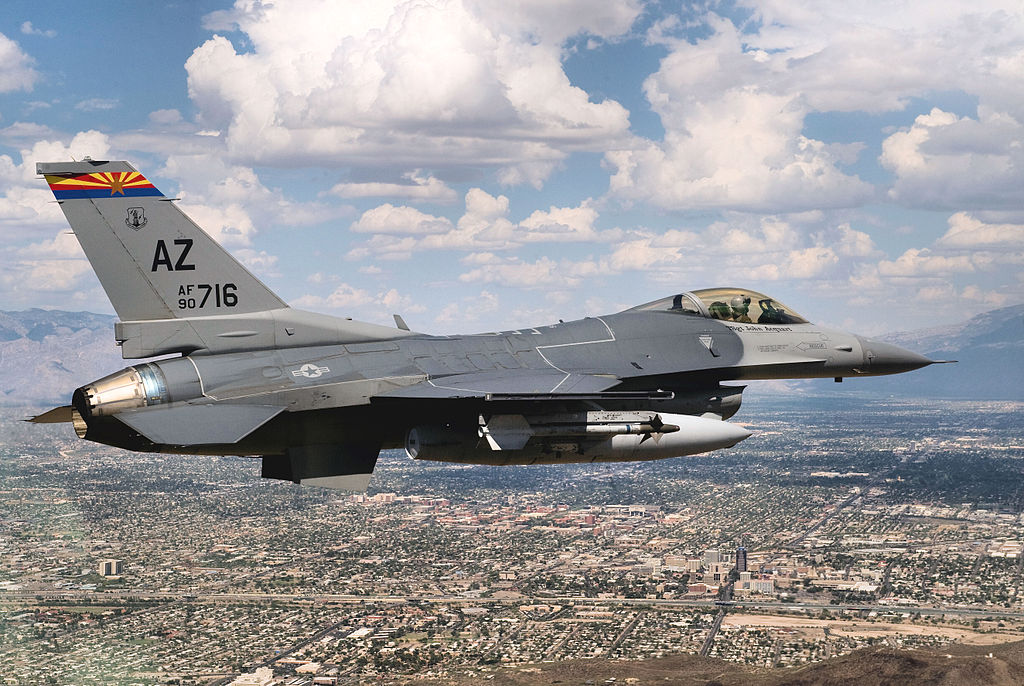“I cannot say the F-16 was a stellar jet when it first came out but it finally turned out to be a great fighter,” Sergeant William M. Eckberg, former F-16 crew chief
Conceived following the Vietnam War and built as a lightweight, highly maneuverable fast air-to-air combat aircraft the Lockheed Martin (former General Dynamics) F-16 is the most successful among the fourth-generation fighters. A claim confirmed by the fact that with more than 4300 built and sold worldwide to more than 20 air forces across the globe, it is thought that the “Viper” as it is more commonly known will be in service until around 2050, more than 70 years after its maiden flight.
Nevertheless, as explained by Bertie Simmonds in his super cool “bookazine” F-16 Fighting Falcon, The Free World’s Most Popular Fighter, like every new aircraft designed also the mighty Viper had teething troubles. Sergeant William M. Eckberg, who served as crew chief in the U.S. Air Force (USAF) From 1975 to 1980 had the chance to experience the problems that plagued the early F-16A and B.

Eckberg says to Simmonds: “I remember the day in November 1978 when they asked for volunteers to switch over to the new f-16: that’s right I did it. The USAF picked the 388th to become the first operational and they would form the 16th Training Squadron for the fleet. […] The first jet came in around February of 1979 from Edwards AFB and it put on a show for us: it zipped around and performed some fabulous stunts and then landed. There it was: 78001 and from a distance, it was a great-looking jet. Now let’s investigate the reason why you never volunteer for anything in the service because it usually proves to be a bad choice!”
According to Eckberg, the Vipers they received were far from being the operational jet it was supposed to be. “So what went wrong? Well, we had various gearbox failures, engine shutdowns, and electrical wiring nightmares which were the main troubles. Then there was that pesky little problem of the In-flight Refueling (IFR) door system.”
General Dynamics, the then F-16 manufacturer, forgot to place an indicator light to show if the IFR door was open or closed. As Eckberg remembers, an aircraft was lost because of this issue. “One day a Belgian pilot in training with an A-model jet took fuel from a tanker so the pilot could qualify and after full tanks, he flew off to complete the mission. Twenty maybe 30 minutes later the pilot radios that he was bingo internal fuel but he had full wing tanks: turns out that when the IFR door is open the fuel will not transfer from the wing tanks. Even the checklist forgot to add this to the possibility of problems and so he never verified the door was closed. That’s right he flamed out on finals into Hill and he lost control.”
The pilot ejected and the F-16 crash-landed into the marsh area on the north end of the field. The aircraft was then cleaned and fixed and it flew again for a few months before being retired. The issue was then fixed by adding a new wiring kit to the fleet that added a door switch, master caution, and IFR door open warning lights.

As Eckberg explains the F-16 entered service before its problems were fixed by General Dynamics. “Many of the first jets from GD were real piles of junk! Then I was privy to work on the first two training jets for overseas: one Belgian FA-01 and one Dutch J-212, F-16A model jets. It was a case of the same problems, but with different builders. Now, don’t get me wrong: when the jets flew they were (and still are) one of the best jets ever, but they came out before they were ready and a little ahead of the time. The fly-by-wire controls, a laid-back seat, and a side control stick made the jet alien to most conventional jet pilots and it takes many hours for pilots to get used to the controls: even we crew chiefs had trouble getting used to all the issues with the cockpit, such as the all-new glass displays and various integrated controls.”
Another serious issue was related to the main gearbox: its failure in fact caused the shut-off of the generators, fuel pump, and hydraulic pumps. “This would cause the EPU (Emergency Power Unit) to fire off. This unit was a serious thing, it was powered by rocket fuel called hydrazine a very dangerous fuel,” recalls Eckberg. “We were constantly reminded to safe the system when we could, so it would not accidentally fire off. When in the hanger we placed chemical sniffers around the EPU to detect possible fuel leaks, as one whiff of hydrazine could kill you!”

“So, no: I cannot say the F-16 was a stellar jet when it first came out but it finally turned out to be a great fighter,” Eckberg concludes.
Photo by Senior Airman Jake and Airman 1st Class Preston Cherry Carter U.S. Air Force

